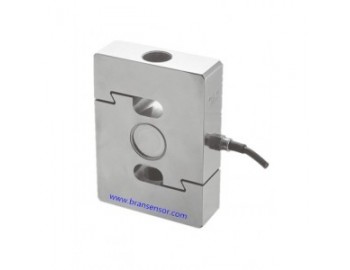Force sensors these days are usually either solid state strain gauges or metal strain gauges, both of which have their own editions. Solid state pressure gauges offer high accuracy but are bulky. Metal pressure sensors, on the other hand, have low sensitivity.
In response to these problems, Alps Electric developed and began production of a series of high power sensors, the HSFPAR series. The force sensor was developed using the original MEMS semiconductor pressure sensor and packaging technology developed over the years. The HSFPAR system not only has a compact, low size of 2.00 × 1.60 × 0.66 mm, the sensor can detect tension as low as 0.01 N, which enables high sensitivity, such as - and small differences in pen pressure and pen delivery. machinery.
Boehm has a choice of measurements, the theory uses all aspects of their physical characteristics to measure weight systematically. Additional seeding options and changes include seeding that is calibrated based on attached cells, angle markers for individual seeding, and length when not seeding is desired. "If a cell has been damaged by stress, the system can mimic the production of that cell based on the production of neighboring cells," Boehm added. "The is used to replace a panel that is damaged easily by inserting a replacement, and the number of parts used to save it is within 0.02% of the total production."
Each joint torque sensor is designed for four high-speed 24-bit Sigma-Delta ADC converters, but the multi-chainable system can be expanded to four boards and accommodate 16 load cells. Boehm has an ADC with a channel sampling frequency of 2.5-500Hz with a noise power of ~3nV @ 15Hz and 17nV @ 500Hz
The status of each cell is indicated by a two-color LED, but can be connected to the system and / or it is configured for remote monitoring using four I / O channels. In addition, each circuit board continuously monitors the input voltage and excitation voltage. Compare specific tests to ensure cell integrity, low ground return to zero
, and cell discharge.
Multi-load systems require a junction box to limit and cut output. To achieve the speed required for many applications, load cell operators have traditionally used a single-channel analog-to-digital converter (ADC) and an analog summing box. This loses the ability to determine the performance of the cells. Some digital input boxes provide useful unit detection data, but as the number of units on the platform increases, the system loses speed. In addition to , their own protocol requires the use of special symbols such as displays, monitors, or other reading devices.
The Danbury service center provides North American customers with the best testing, inspection and maintenance services including STR coil systems, Millmate indicators and inspections. The service center has a strong record of using advanced technology and follows a repair and fault diagnosis process, starting with a visual inspection, thorough cleaning, a comprehensive electrical and lighting inspection, and now a comprehensive inspection.
Since the 1970s, weighing load cell has been a leader in electric generator products with more than 1,000 generators installed across America.




